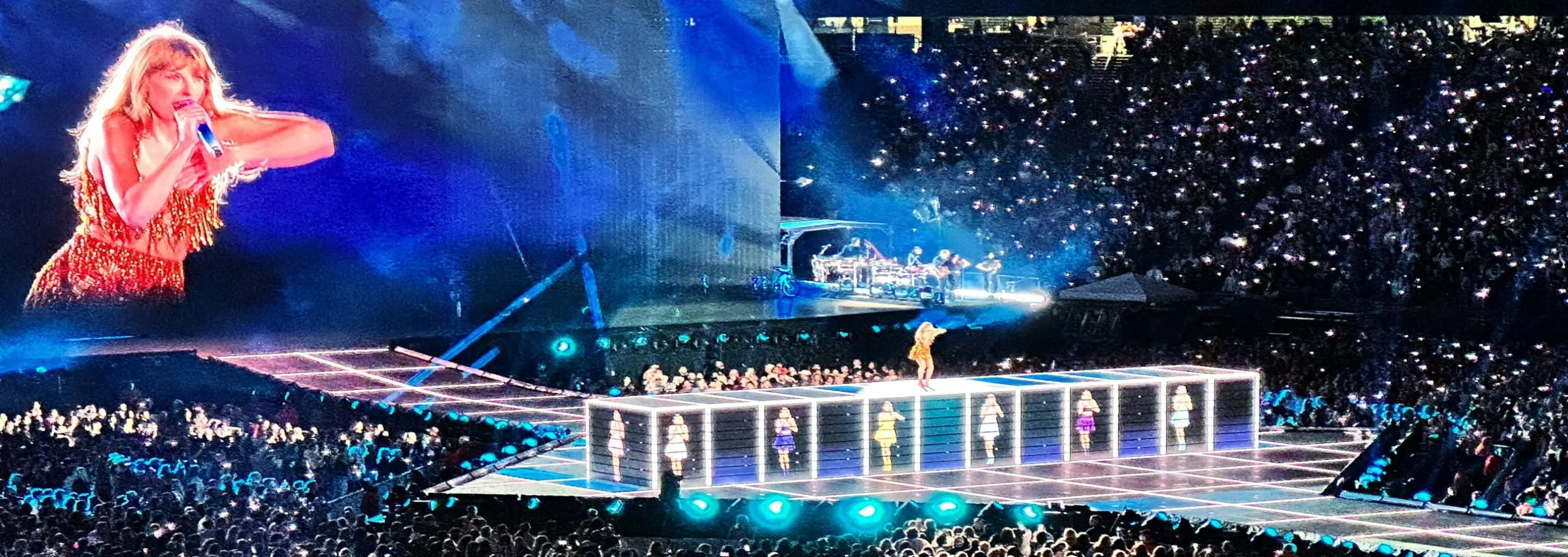 The culture surrounding video games has undergone immense change within the last several years, a change that has a history of creating fiction as critics, consumers and industry professionals consider what video games should and should not be. Diversity in video games is not an entirely new issue. But, it has risen in prominence this year with a myriad of arguments over whether games should be more conscious of representing the diverse demographics of consumers and to what extent they should pursue this diversity.
The culture surrounding video games has undergone immense change within the last several years, a change that has a history of creating fiction as critics, consumers and industry professionals consider what video games should and should not be. Diversity in video games is not an entirely new issue. But, it has risen in prominence this year with a myriad of arguments over whether games should be more conscious of representing the diverse demographics of consumers and to what extent they should pursue this diversity.
When Ubisoft technical director James Therien told VideoGamer about the decision to not include playable female characters in the upcoming Assassin’s Creed: Unity, the company behind the game faced a backlash for its lack of consideration. This backlash came even though an earlier game in the series, Assassin’s Creed III: Liberation, did feature a female protagonist. Similarly, Last of Us developer Naughty Dog faced criticism in 2013 for the way it depicted Ellie, with New York Times critic Chris Suellentrop noting that while the game does feature a strong female character, she plays a secondary role to the male protagonist.
Regardless of whether these criticisms are true, these discussions showcase that it is an issue of increasing concern among the media and on the minds of gamers themselves. There is also a history of evidence supporting the idea that games have struggled with diversity from a content perspective even though players come from a wide range of backgrounds.
The diversity of video game players
From a consumer perspective, there is little question that video game players are diverse. According to Mintel’s Gamers and Gaming – US, 2014 report, the overwhelming majority of men and women aged 18-34 reported playing video games (86% and 75%, respectively) within the last month. Additionally, 60% of both men and women aged 35-54 reported playing as well as nearly one-third of men and women aged 55 and older. Although video game players do skew younger, the data show that a considerable share of older consumers play.
A consideration of race and Hispanic origin showcases a similarly diverse group. More than half (58%) of Whites, 57% of Blacks and 66% of Asians reported playing video games. Hispanics also showcased high interest in video games with 67% reporting they play, compared to 57% of non-Hispanics.
The data make it clear that gamers themselves come from a broad range of backgrounds that cover different generations, races, ethnicities and cultures. It is increasingly difficult to find one way of describing them outside of the fact that they play games. In other words, there is not a stereotypical gamer.
The diversity of video game characters
When looking toward the virtual worlds that gamers play in, however, multicultural and female characters have been underrepresented. A 2014 study from Pennsylvania State University and Virginia Tech researchers noted that White males are over represented in traditional console and computer games.
Researchers further explored the issue of diversity in several multiplayer online games (MMOGs) to determine if the presence of user customization affected the presence of race/Hispanic origin and gender. Of the characters with a clear gender, 82.08% were male and of those with an apparent race, 91.88% were White. Although the researchers’ sample included user-created characters, the majority of those studied were non-playable characters, indicating that these demographics may not be representative of the diversity of MMOG players.
Earlier research shows that this issue is not isolated to MMOGs. A 2011 study from the University of Southern California found that just 3% of video game characters across 150 games and nine platforms were noticeably Hispanic, and none of these had speaking roles. While 10.74% of characters were Black, researcher Dmitri Williams noted that the majority of these characters were depicted in the context of racial stereotypes.
Earlier studies, such as 2009 analysis from Michigan State University and Cambridge researchers found that depictions of women in video games are skewed toward emphasizing sexual characteristics.
The diversity of video game professionals
One potential reason for the shortage of diverse video game characters is that the industry itself lacks diversity. When looking at the issue from a video game developer perspective, women are vastly underrepresented. According to the Women’s Media Center’s The Status of Women in the U.S. Media in 2013, 88% of developers are men.
The from the International Game Developers Association’s, Developer Satisfaction Survey 2014 showcases a similar trend when considering race and ethnicity – only 2% of respondents identified as Black and just 2.5% identified as Hispanic or Latino.
Consumers and public figures are also increasingly aware of this issue. When speaking to NPR in June 2014, for example, actress and gamer Aisha Tyler noted that while the video game industry has made progress in regard to diversity, this progress has been slow. She expressed concern with the lack of diversity among game developers and called on gaming companies to more actively recruit diverse talent.
Does diversity in video games matter?
The diversity issue will ultimately come down to whether diversity matters enough to influence the games that people play. Mintel data show that many consumers are aware of diversity (or lack thereof) in popular media, advertising in particular. For instance, in Mintel’s Black Consumers Attitudes Toward Advertising – US, 2014 report, more than one third of Blacks agreed they don’t think products. in ads that only feature Whites are for them. Furthermore, more than 60% say they would go out of their way to support a company that advertises using Black models, and both of these trends increase among younger consumers.
Similarly, according to Mintel’s Hispanics and American Culture Identity – US, 2014 report, more than one-third of Hispanics agreed that they would be more loyal to companies that showed respect for their culture by advertising in Spanish. This suggests that many Hispanics are conscious of the way brands depict their language and culture. These responses indicate an awareness of the way that media handle diversity, and that many consumers will favor companies that address cultural issues. Video games are comparatively a new media, but it is likely the same issues will emerge as gaming evolves.
There will continue to be demand for traditional types of video game stories and characters. Mario can still save Princess Peach, and there is plenty of room for titles like Grand Theft Auto to keep thriving. However, there is also demand for games that tell other stories and for video game characters that are as diverse as the people who play those games.
Franchises ranging from Mario to Halo have already shown that long-term engagement can translate to profitability for years. However, the increasing cost of developing major video game titles, the shift in monetization strategies toward expansions and downloadable content, and the abundance of free games in mobile marketplaces have significantly increased the importance of engagement. That is where the value of creating more diverse video games lies – the opportunity to deeply engage a much wider audience and build loyalty among a multi-faceted, passionate group of consumers.
Bryant Harland brings almost a decade of experience working in the tech arena, most recently as a Senior Technology Writer with Brafton News, where he oversaw the editorial team, wrote as a trade journalist and prepared a range of industry white papers.

































